Rare images show baby puffin taking first steps outside in the Scottish Highlands
Ian Herd, 49, snapped the shots as the puffling ventured out of its nest while being chaperoned by a parent.
The summer months, from June to August, are when parent birds rear their chicks, with both the mother and father sharing responsibility for incubating eggs and feeding their offspring.
Advertisement
Hide AdAdvertisement
Hide AdPuffins nest in burrows, which they dig out with their claws, and in cracks in the cliffs, to protect their young from predators.
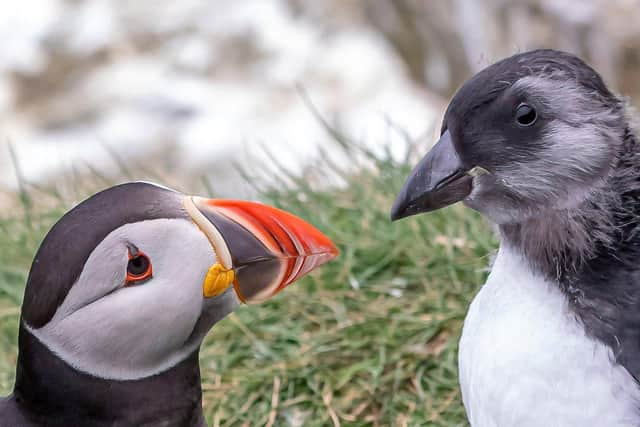

The Atlantic puffling leaves the burrow with its parents and flaps its wings to build up strength before flying off to sea.
Ian, who pictured the bird in Caithness, in the Scottish Highlands, said: “It is coming to that time of the year now when the parent bird will entice the young out of the burrow.
“They want to get them into the outside world and flapping their wings so they can build up some muscle strength.
“A week or two before the puffling fledges they will journey to the edge of the burrow but always with a parent.
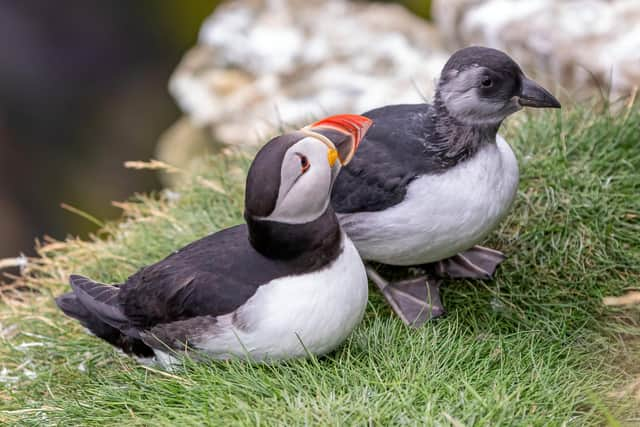

“They have to be very careful because gulls can see it as a good opportunity to get the puffling.
“It is a big risk for them to go to the edge of the burrow.
“I think in the next seven to ten days the puffling will fledge. It’s getting ready to go off to sea.”
Once it leaves the burrow, the puffling will have no contact with its parents, unlike razorbills or guillemots.
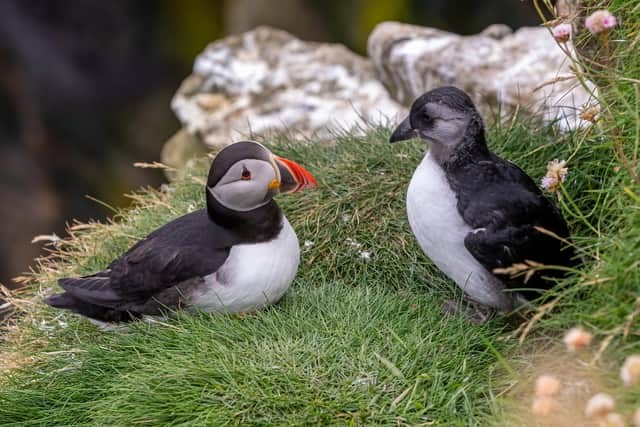

Advertisement
Hide AdAdvertisement
Hide AdIan, from Alness in, Ross and Cromarty, added: “The puffling will be totally independent.
“It won’t come back to land for three years, and will breed within five.”
Puffins are some of Scotland’s most sought-after seabirds due to their strikingly coloured beaks, trademark waddling gait and unique behaviour.
The birds spend most of their lives out at sea, returning to land to breed.
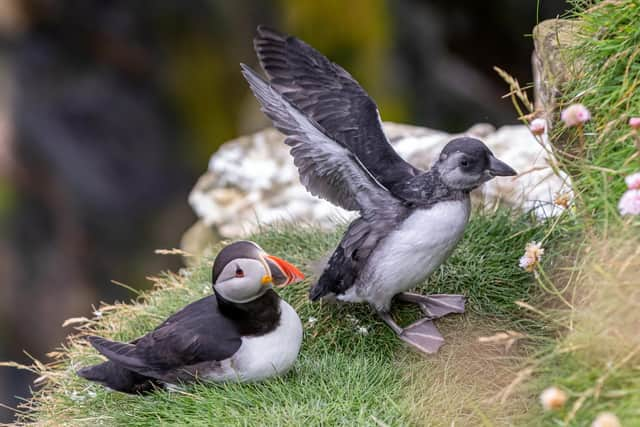

Known affectionately by some as ‘clowns of the sea’ or the ‘sea parrot, the birds typically touch down in Scotland in late March or early April before heading off again in mid-August.
Th puffin is red-listed in in the UK as a species of conservation concern.
Estimates suggest around 580,000 breeding pairs scattered across the UK, with the majority in Scotland.
A message from the Editor:
Thank you for reading this story on our website. While I have your attention, I also have an important request to make of you.
Advertisement
Hide AdAdvertisement
Hide AdThe dramatic events of 2020 are having a major impact on many of our advertisers - and consequently the revenue we receive. We are now more reliant than ever on you taking out a digital subscription to support our journalism.
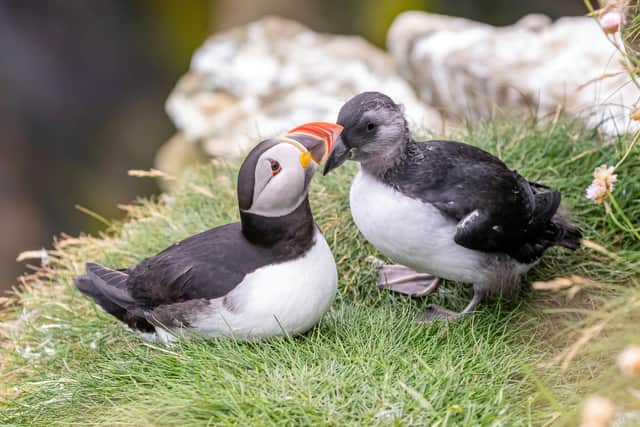

Subscribe to scotsman.com and enjoy unlimited access to Scottish news and information online and on our app. Visit https://www.scotsman.com/subscriptions now to sign up.
By supporting us, we are able to support you in providing trusted, fact-checked content for this website.
Joy Yates
Editorial Director
Comments
Want to join the conversation? Please or to comment on this article.